Rossignol’s Ski Length Guide helps skiers find the perfect fit for optimal performance and comfort. Designed to assist in choosing the right ski size, it considers ability, weight, and height for a tailored experience.
Overview of Rossignol as a Brand
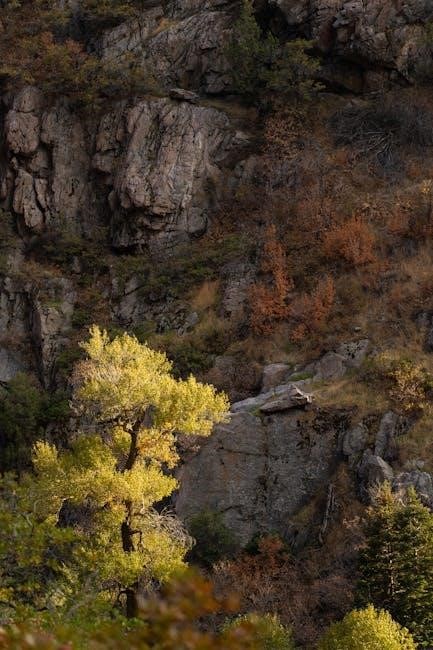
Rossignol is a globally recognized brand specializing in ski equipment, apparel, and accessories; With a rich history, it has become synonymous with high-quality products tailored for alpine, Nordic, and skate skiing. The brand offers a wide range of skis, boots, and clothing, catering to skiers of all levels, from beginners to professionals. Known for its innovative designs and commitment to performance, Rossignol ensures optimal comfort and functionality in mountain conditions. Their products are designed with specific fits and technical features, providing freedom of movement and durability. Whether for racing, recreational skiing, or exploring diverse terrains, Rossignol delivers gear that meets the needs of skiers worldwide. The brand’s dedication to excellence has made it a trusted choice for enthusiasts seeking reliable and high-performance equipment.
Importance of Proper Ski Length
Proper ski length is crucial for optimal performance, control, and comfort on the slopes. A ski that is too long or too short can significantly affect a skier’s ability to maneuver effectively. Correct ski length ensures better balance, stability, and precision, allowing skiers to execute turns with ease and confidence. It also plays a key role in maintaining energy efficiency, as improperly sized skis can lead to unnecessary fatigue. For beginners, the right length helps in mastering basic techniques, while advanced skiers rely on it for precise control at higher speeds. Rossignol emphasizes that optimal ski length is determined by factors such as ability level, weight, and height, ensuring a tailored fit for every skier. By selecting the appropriate length, skiers can enhance their overall experience, making every run more enjoyable and rewarding;

Factors Determining Ski Length
Ability level, weight, strength, height, and terrain are key factors in determining the ideal ski length. These elements ensure the skis perform optimally, providing stability, control, and comfort for skiers of all levels.
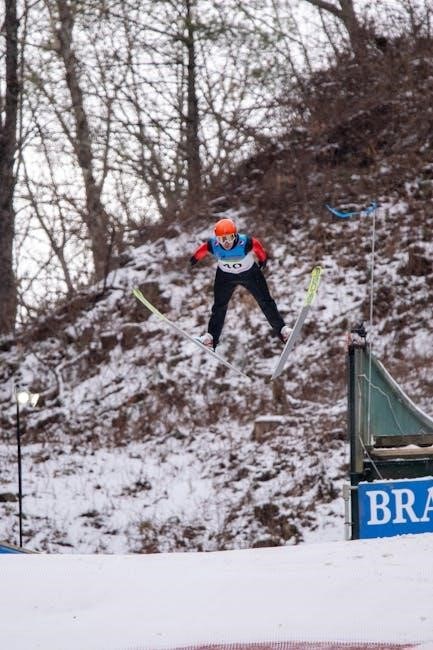
Ability Level and Skiing Style
Your skiing ability and style significantly influence the ideal ski length. Beginners benefit from shorter skis for easier control, while advanced skiers prefer longer skis for stability at high speeds. Recreational skiers often opt for mid-length skis, balancing maneuverability and performance. All-mountain skiers may choose slightly longer skis for better float in powder, while race-oriented skiers prioritize precision with shorter, stiffer skis. Your skiing style—whether aggressive, relaxed, or a mix—also plays a role. Aggressive skiers might prefer shorter skis for quick turns, while cruisers may favor longer skis for smooth glide. Rossignol’s guide tailors recommendations to these factors, ensuring the best fit for your skiing preferences and skill level. By aligning ski length with your ability and style, you enhance performance, comfort, and overall enjoyment on the slopes.
Weight and Strength
Weight and strength are crucial factors in determining the ideal ski length. Lighter skiers may find shorter skis easier to maneuver, while heavier skiers often benefit from longer skis for added stability. Strength also plays a role, as stronger skiers can handle longer skis, which provide better performance at higher speeds. Rossignol’s guide considers these elements to ensure optimal ski length. For instance, a skier with lower strength might prefer a shorter ski for better control, whereas a stronger skier can manage a longer ski for enhanced stability and glide. By balancing weight and strength with ski length, skiers can achieve better performance and comfort on the slopes. Rossignol’s tailored approach helps skiers of all levels find the perfect fit, ensuring a more enjoyable and efficient skiing experience. This personalized sizing ensures that every skier can maximize their potential, regardless of their physical attributes or skiing style.
Height and Body Proportions
Height and body proportions are essential factors in determining the appropriate ski length. Generally, taller skiers benefit from longer skis for stability, while shorter skiers prefer shorter skis for easier control. However, body proportions, such as torso length and leg length, also play a role. Skiers with longer legs may find shorter skis more manageable, while those with shorter legs might prefer slightly longer skis for better balance. Rossignol’s guide considers these physical attributes to ensure a personalized fit. By aligning ski length with individual height and body proportions, skiers can achieve optimal performance and comfort. This tailored approach helps skiers maintain proper posture and control, enhancing their overall skiing experience. Whether you’re tall or shorter, Rossignol’s sizing recommendations aim to match your unique physiology with the right equipment, ensuring you can ski with confidence and precision.
Terrain and Ski Type
Terrain and ski type significantly influence the ideal ski length. For example, skis designed for powder or backcountry terrain often require a longer length for better floatation and stability in deep snow. In contrast, skis for groomed trails or all-mountain use may be shorter for easier maneuverability; Freestyle skis, which prioritize agility and tricks, tend to be shorter, while racing skis are longer for speed and edge hold. Rossignol’s guide tailors recommendations based on these factors, ensuring the ski length aligns with the intended use. Whether you’re carving on groomed runs, exploring off-piste, or performing tricks in the park, the right ski length enhances performance and control. By considering terrain and ski type, Rossignol helps skiers optimize their equipment for specific conditions, ensuring a more enjoyable and effective skiing experience. This personalized approach guarantees that every skier, regardless of their preferred terrain or style, can find the perfect fit.
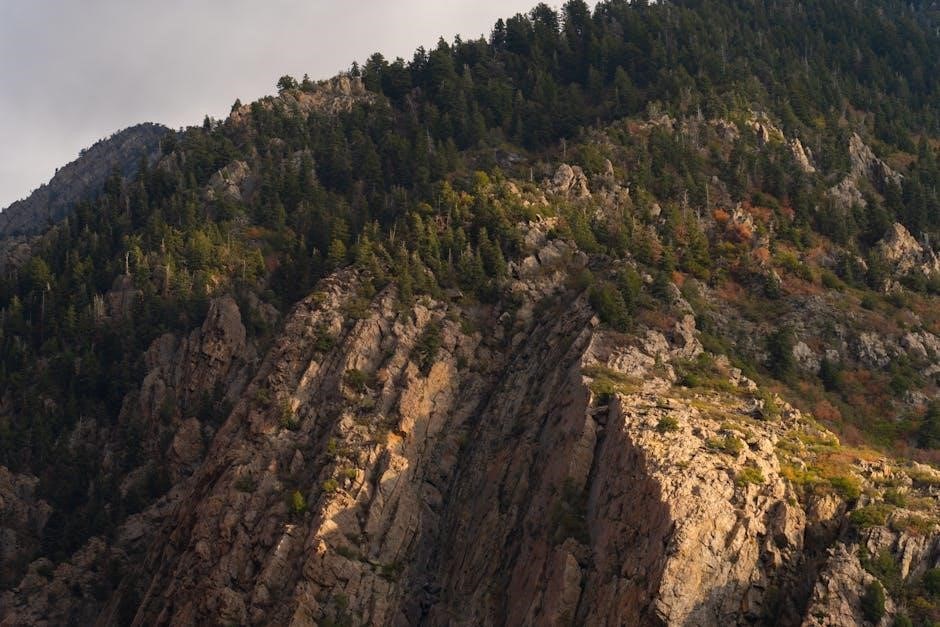
Rossignol Ski Size Chart
Rossignol’s Ski Size Chart provides detailed measurements for men, women, and kids, covering alpine and Nordic skis. It considers height, weight, and ability level to ensure the perfect fit for optimal performance.
Men’s Ski Size Chart
Rossignol’s Men’s Ski Size Chart offers a detailed guide to help skiers choose the right ski length based on height, weight, and ability level. The chart is divided into height ranges, with corresponding ski lengths to ensure optimal performance and comfort.
- Height Range: 5’2″ ⎯ 5’6″ (157 cm ⎯ 168 cm) → Ski Length: 160-170 cm
- Height Range: 5’7″ ⎼ 5’11” (170 cm ⎯ 180 cm) → Ski Length: 170-180 cm
- Height Range: 6’0″ ⎯ 6’3″ (183 cm ⎼ 191 cm) → Ski Length: 180-190 cm
Key considerations include ability level (beginner, intermediate, advanced) and weight, as these factors influence the ideal ski length. Proper fit ensures better control, stability, and overall skiing experience.
Women’s Ski Size Chart
Rossignol’s Women’s Ski Size Chart is tailored to provide the perfect fit for female skiers, ensuring optimal performance and comfort. The chart considers height, weight, and ability level to determine the ideal ski length.
- Height Range: 5’0″ ⎼ 5’4″ (152 cm ⎯ 163 cm) → Ski Length: 150-160 cm
- Height Range: 5’5″ ⎯ 5’8″ (165 cm ⎯ 173 cm) → Ski Length: 160-170 cm
- Height Range: 5’9″ ⎯ 6’0″ (175 cm ⎼ 183 cm) → Ski Length: 170-180 cm
Weight and ability level also play a significant role, with lighter skiers potentially preferring shorter skis for easier maneuverability. Proper fit ensures better control, stability, and an enhanced skiing experience. Always consult the size chart for accurate sizing.
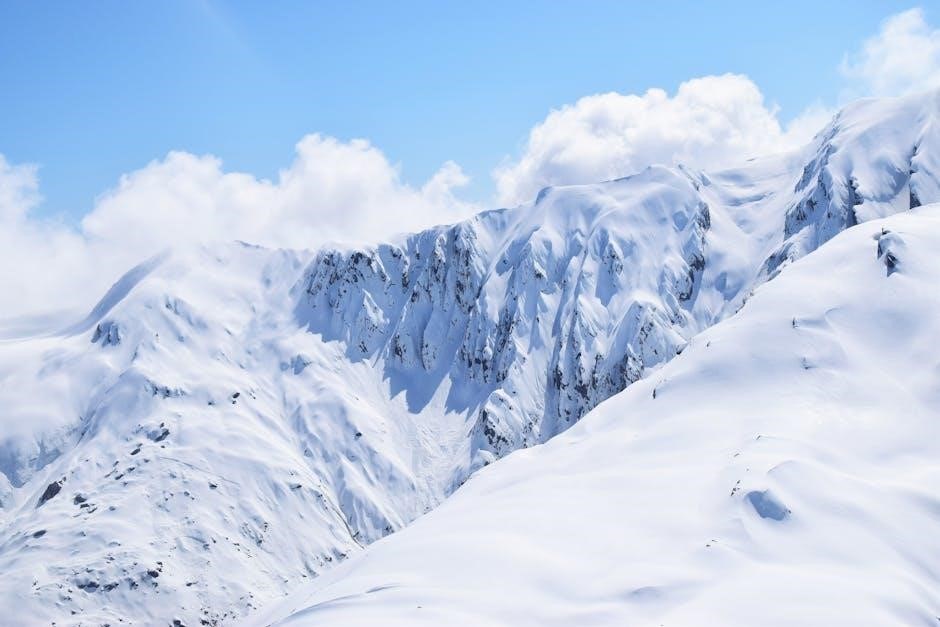
Kids’ Ski Size Chart
Rossignol’s Kids’ Ski Size Chart is designed to help young skiers find the perfect fit, ensuring a balance between performance and fun. The chart considers factors such as height, weight, and ability level to determine the ideal ski length for children.
- Age 3-5: Ski length typically ranges from 70-90 cm, suitable for smaller, lighter children.
- Age 6-8: Ski length is usually 90-110 cm, providing stability and control for growing skiers.
- Age 9-12: Ski length increases to 110-130 cm, accommodating taller and more experienced young skiers.
- Age 13+: Ski length often matches adult sizes, starting from 140 cm and up, depending on height and ability.
A general guideline is that ski length should reach the child’s chest or chin for younger skiers and up to their nose or slightly above for older kids. Weight and ability can also influence the ideal length, with lighter or less experienced skiers preferring shorter skis for easier handling. Always consult Rossignol’s official size chart for the most accurate fit, ensuring both performance and enjoyment for young skiers.
How to Choose the Right Ski Length
Choosing the right ski length involves considering ability, weight, and height. Rossignol’s guide helps determine optimal length for performance, ensuring skis are neither too short nor too long for your needs.
General Guidelines for Ski Length
Choosing the right ski length is crucial for optimal performance and comfort. Rossignol’s size chart provides a starting point, considering factors like height, weight, ability level, and terrain. Generally, skis should reach between chin and forehead height for most adult skiers, though this varies by discipline. For example, alpine skis tend to be shorter than Nordic or backcountry skis due to different performance needs.
- Beginners often prefer shorter skis for easier control and maneuverability.
- Advanced skiers may opt for longer skis to enhance stability at higher speeds.
- Freestyle skiers might choose shorter lengths for better agility in tricks and tight spaces.
Using Rossignol’s guidelines ensures a balanced fit, avoiding skis that are too short or too long. Proper length enhances turning precision, floatation, and overall skiing efficiency, making the experience more enjoyable and effective;
Importance of Proper Fit
A proper fit is essential for maximizing performance, comfort, and safety on the slopes. Rossignol’s ski size chart is designed to help skiers find the ideal length based on their height, weight, ability level, and skiing style. A well-fitted ski ensures better control, stability, and maneuverability, allowing for a more enjoyable and efficient skiing experience.
When skis are too long, they can be difficult to handle, especially for beginners, leading to fatigue and poor technique. Conversely, skis that are too short may lack stability at higher speeds. Proper fit also reduces the risk of injury by ensuring skis respond predictably to movements. Rossignol’s guidelines aim to balance these factors, providing a tailored fit that enhances overall skiing performance.

- Correct length improves turning precision and edge control.
- Proper fit reduces fatigue and enhances skiing efficiency.
- It ensures safety by minimizing the risk of accidents caused by poor handling.
Investing time in finding the right fit guarantees a better experience on the mountain, making every run more enjoyable and rewarding.
Common Mistakes in Ski Sizing
When selecting ski length, several common mistakes can lead to poor performance and discomfort. One of the most frequent errors is prioritizing ability level over other factors like weight and height. While skill level is important, it should not overshadow physical attributes and skiing style.
- Ignoring weight and strength can result in skis that are too long or too short, affecting control and stability.
- Focusing solely on height without considering body proportions or terrain preferences is another oversight.
- Some skiers also fail to test skis before purchase, leading to a mismatch in fit and performance.
Additionally, overcomplicating the sizing process by relying on outdated charts or generic recommendations can lead to incorrect choices. Rossignol’s guide emphasizes a balanced approach, ensuring skis align with individual needs for optimal performance and safety.
Avoiding these mistakes ensures a more enjoyable and effective skiing experience, tailored to personal preferences and skiing goals.
Maintenance and Care for Rossignol Skis
Proper storage, regular waxing, and tuning are essential for maintaining Rossignol skis. Edge maintenance ensures longevity and performance, while careful handling prevents damage, keeping your skis in optimal condition season after season.
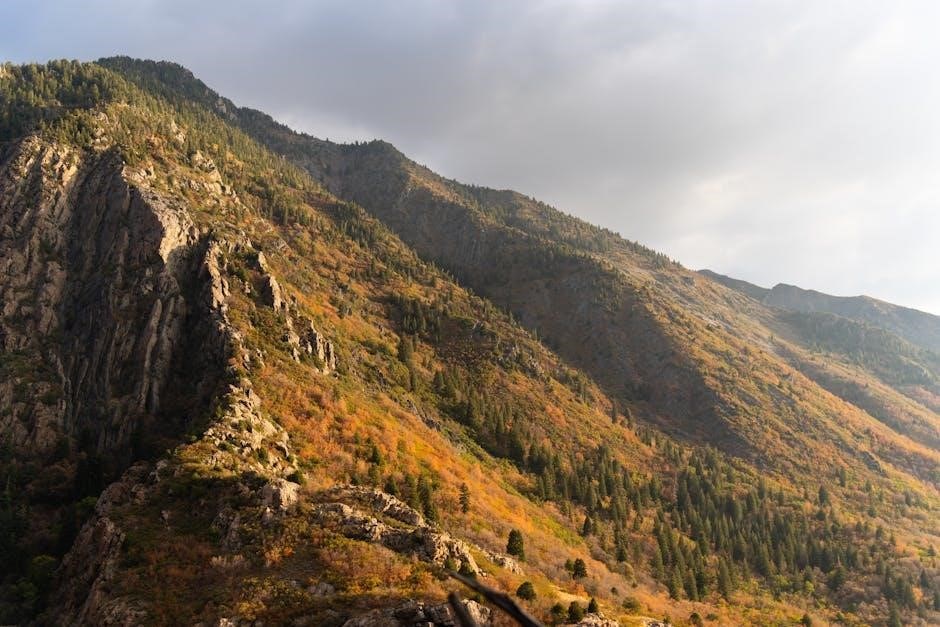
Storage and Handling Tips
Proper storage and handling of Rossignol skis are crucial for maintaining their performance and longevity. Always clean and dry your skis before storing them to prevent rust and damage. Use a protective ski bag or cover to shield them from dust and scratches. Avoid storing skis in extreme temperatures or humid environments, as this can warp the wood core or degrade the edges. When handling, never drag skis by the bindings or edges, as this can cause damage. Store skis upright or horizontally in a cool, dry place, away from direct sunlight. Regularly inspect for dings or delamination and address any issues promptly. Proper care ensures your Rossignol skis remain in prime condition for years of enjoyable skiing.
Waxing and Tuning
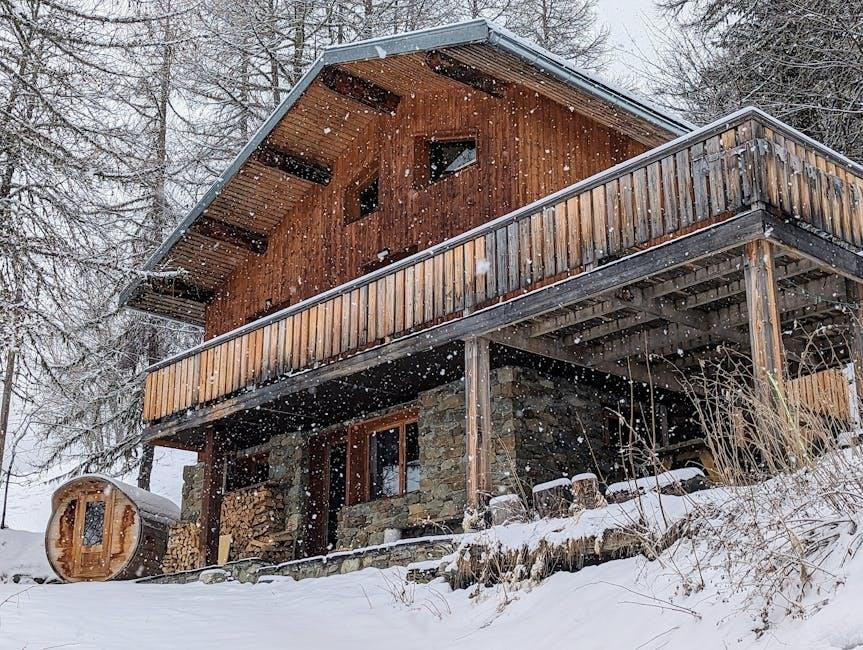
Regular waxing and tuning are essential for maintaining the performance and longevity of your Rossignol skis. Waxing improves glide, protects the base from damage, and prevents rust on the edges. Apply a high-quality ski wax suitable for the temperature conditions you ski in, using an iron to evenly distribute it across the base. Allow the wax to cool before scraping off excess with a plastic scraper. For tuning, focus on edge maintenance. Sharpen the edges with a diamond stone or file, ensuring they are razor-sharp for better control on the snow. Bevel the edges slightly for easier turning. After tuning, wipe the edges clean and apply a light layer of edge wax to protect them from rust. Proper waxing and tuning not only enhance your skiing experience but also extend the life of your skis. Regular maintenance ensures optimal performance and keeps your Rossignol skis in top condition.
Edge Maintenance
Proper edge maintenance is crucial for ensuring your Rossignol skis perform optimally. Sharp edges provide better control, especially on icy or hard snow, while dull edges can make turning difficult and increase the risk of accidents. To maintain your edges, start by cleaning them thoroughly with a soft brush or cloth to remove dirt and wax residue. Next, use a diamond stone or edge file to sharpen the edges, following the manufacturer’s recommended bevel angle. For most skiers, a 1° base bevel and 2° side bevel are ideal. After sharpening, wipe the edges clean and apply a light layer of edge wax to protect them from rust. Regular edge maintenance should be done after each use or as part of a seasonal tune-up. Properly maintained edges ensure better performance, safety, and longevity of your skis, allowing you to enjoy a superior skiing experience on the slopes.
Troubleshooting Ski Fit Issues
Troubleshooting ski fit issues involves checking for proper alignment, boot compatibility, and ensuring the ski length matches your ability and body proportions for optimal performance and comfort.
Solving Common Fit Problems
Common fit issues with skis often stem from improper length, width, or binding setup. Skis that are too long can be difficult to maneuver, while skis that are too short may lack stability. To address this, consult the Rossignol size chart, which provides guidelines based on height, weight, and ability level. Additionally, ensure the ski width aligns with your boot size and skiing style. If the bindings are not properly adjusted, it can affect performance and safety. Regularly check and adjust bindings to ensure they fit snugly with your boots. For persistent issues, consider professional fitting at a ski shop. Proper fit enhances control, comfort, and overall skiing enjoyment, making it crucial to address any problems promptly. By following these steps, you can optimize your ski performance and ensure a seamless experience on the slopes.
Performance Issues Related to Ski Length
Ski length significantly impacts performance, with improper sizing leading to control and stability issues. Skis that are too long can be challenging to maneuver, making turns difficult and reducing agility. Conversely, skis that are too short may lack the necessary float in deep snow or stability at higher speeds. This mismatch can result in poor edge hold, inconsistent performance, and increased fatigue. For example, a ski too long for a beginner may cause struggles with turning, while a ski too short for an advanced skier might fail to provide the needed stability for high-speed runs. Proper ski length ensures optimal edge contact, better turning precision, and improved overall control. Rossignol’s size chart helps skiers avoid these issues by aligning ski length with individual factors like height, weight, and ability level. Addressing ski length ensures a more enjoyable and efficient skiing experience, whether carving groomers or exploring off-piste terrain.
The Rossignol Ski Length Guide ensures optimal performance and comfort by helping skiers choose the right size based on their unique needs, making it easy to enhance their skiing experience.
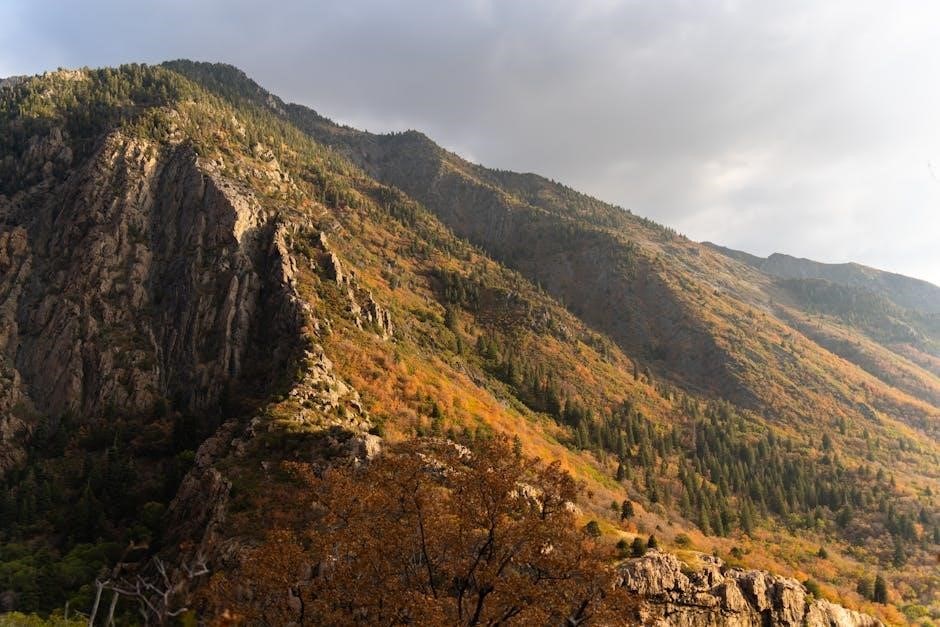
Final Tips for Optimal Ski Performance
For the best skiing experience, always refer to the Rossignol Ski Length Guide to ensure your skis match your ability, weight, and height. Consider your skiing style and terrain preferences to maximize performance. Proper fit is crucial, so avoid skis that are too long or too short, as this can affect control and maneuverability. Regularly wax and tune your skis to maintain their edge and glide. Store your skis in a dry, cool place to prevent damage. When in doubt, consult a professional fitter for personalized advice. By following these tips, you’ll enjoy a more comfortable and efficient skiing experience, whether you’re carving down groomed trails or exploring off-piste adventures. Remember, the right ski length and maintenance are key to unlocking your full potential on the slopes.
Additional Resources for Ski Enthusiasts
For further assistance, Rossignol offers detailed size charts and fit guides on their official website, ensuring you find the perfect ski length. Backcountry.com provides a comprehensive size chart for Rossignol products, helping you make informed decisions. Additionally, resources like New Moon Ski and Bike offer rental services, waxing, and tuning to keep your skis in top condition. For those seeking more personalized advice, professional fitters can provide tailored recommendations based on your skiing style and preferences. Online forums and communities, such as those dedicated to Nordic or alpine skiing, often share tips and experiences from seasoned skiers. Lastly, local ski shops and rental services can offer hands-on guidance and support. By utilizing these resources, you can enhance your skiing experience and ensure your Rossignol skis perform at their best. Stay informed and enjoy the slopes with confidence and precision;
